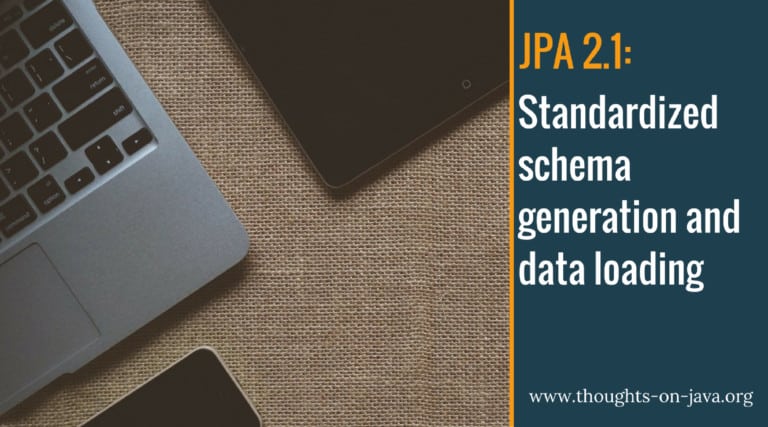Unsynchronized PersistenceContext – How to model conversations with JPA
Most Java EE applications are stateless and there are good reasons for it. But not all user interactions can be implemented in that way. Sometimes you need to model a conversation that consists of multiple steps, like the typical shopping cart or complex update operations. Doing this with JPA 2.0 always felt a little bit…





